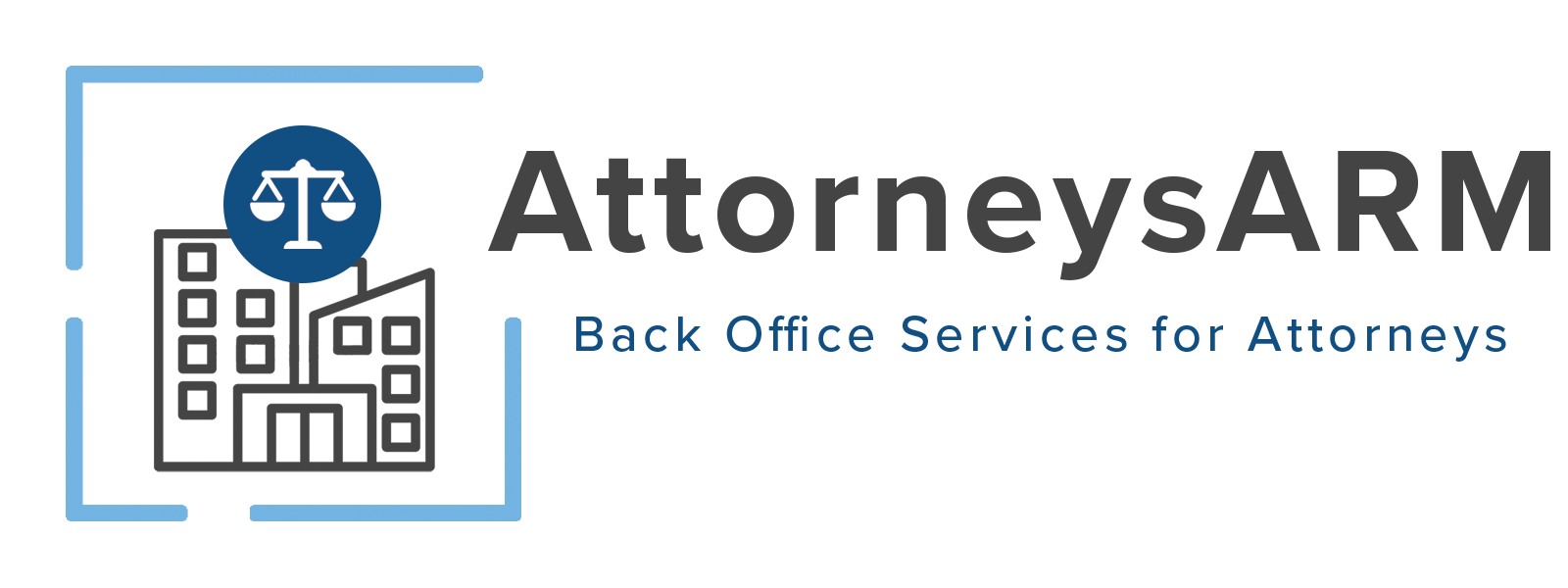Easy Policy Writing Tips You Should Use Right Now
When it comes to writing policies, it can take days and a lot of effort to write them exactly how you want them. Keeping them current and updated can take just as much work. You must keep up with any laws that are made, changed, or abolished. You know policies show the way you govern and operate your business. It also acts as a training and reference tool for your employees. There are several different types of policies that you may need to write, but you can use the following tips to write or update all of your policies. No time to write or update your policies and procedures? No worries! Contact Clients ARM for your free consultation. We specialize in drafting and updating policies and procedures to match current best practices in any industry.
Use a Standardized Format
Writing in a standardized format will help you now and later. It can help you quickly write your policies. In the future, it can help you to revise your policies quickly as well. Using lists format can help you in formatting your policies. A vertical list keeps your readers on track. It helps them find what they are looking for if the sections have headings. You may also find that adding an outline helps your reader find what they are looking for quickly. If you create a digital policies and procedures manual using Word, your Table of Contents can be made to be interactive. Your reader can click on a heading in the Table of Contents and be taken to the right page.
Creating a template for each type of policy can make your job to create future templates a snap. Keep an easy template available to use and use your other policies or ones online as guides.
Write in Plain Language
Writing your policies in plain language can help both you and your readers. Plain language is a writing style that helps your readers comprehend what they are reading. Plain language makes it easy for them to find what they need, understand what the read, and use the information. It cuts out the fluff and provides clear and concise explanation. For best results, you should use present tense. Also, stay positive in your policies.
Write with Your Reader in Mind
When writing policies, it helps to know your audience. Your audience helps you determine what should be included and how that information should be worded. For example, a lawyer would talk to another lawyer without thinking twice about using legal terminology. However, writing something that a client would read would require the use of common English. First, determine your audience. Your audience may be the general public, your staff, or your clients. You may have more than one audience in mind. Depending on who your clients are, you may need to write plainly or use jargon. Keep your audience in mind when writing your policies. If you do have more than one audience, you should write using clear and concise language or you could create several versions of the same policies.
Use the Right Words
It's important to use the right words when you write your policies. They should not be full of unnecessary words. An overly wordy document can confuse the reader. Redundant information should be discarded.
Choose your words carefully. Words such as 'should' or 'may' imply a choice that a choice exists. 'Must' or 'will' imply that there is an obligation. 'Must not' or 'may not' describes what cannot or may not happen. Keep sentences short to aid in comprehension.
Why Choose Clients ARM?
Clients ARM provides business owner's services such as accounts receivable management, billing, and customer service. We have over 30 years of experience offering the finest service around. We use old-fashioned customer service principles and innovative technology to bring you peace of mind that your clients will be fully taken care of. If you need help, don't wait! Contact Clients ARM today for your 100% free consultation!




